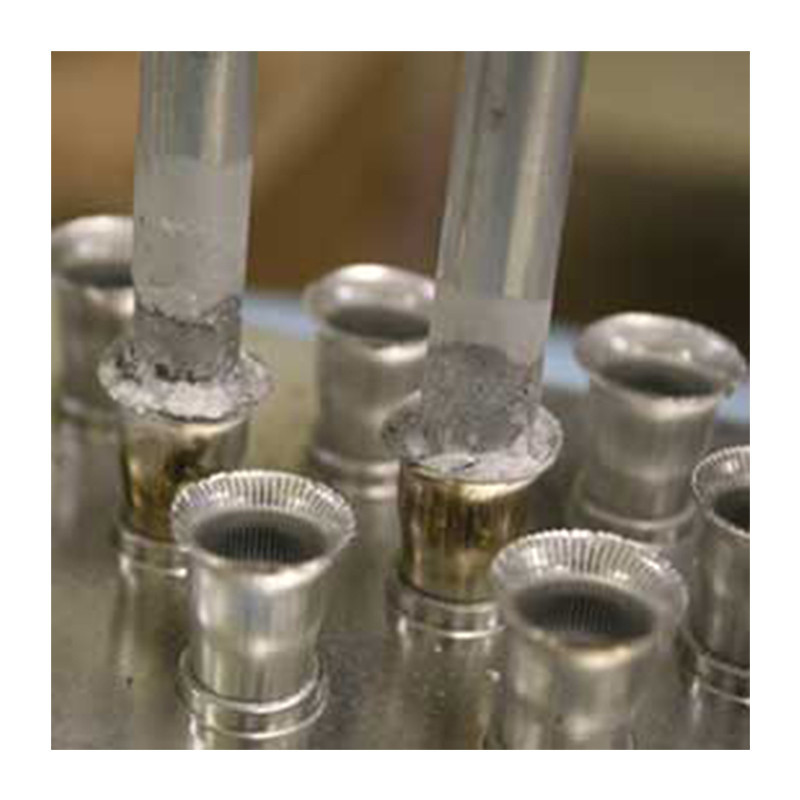

Морате бити пријављени да
Category


Фотографије су само у информативне сврхе. Погледајте спецификацију производа
please use latin characters
General information
Brazing is the process of joining metal parts using metal alloy binders with a melting point above 427 °C but below the melting point of the parts being joined. This technique allows similar and dissimilar metals to be joined together.
Soldered joints:
The type of solder used in the brazing process depends on the parts being brazed. The most commonly used solders are copper-phosphorus, silver, aluminum, copper, nickel, cobalt.
Induction soldering
Modern induction heating provides reliable, non-contact and energy-efficient heating in a minimum of time without flame. The time per cycle of induction heating is very short compared to flame soldering, so more parts can be processed in the same amount of time with less heat released to the environment. Induction brazing allows you to control the timing, temperature, fixturing and positioning of parts, making the process repeatable and ensuring a uniform end result.
Semiconductor systems are capable of heating very small areas within precise manufacturing process tolerances without compromising individual metallurgical properties. For large volumes or processes with required workmanship, parts can be inductively brazed in an inert atmosphere without flux or costly cleaning procedures, ensuring reduced oxidation.
Да ли вас занима овај производ? Да ли су вам потребне додатне информације или појединачне цене?
морате бити пријављени
General information
Brazing is the process of joining metal parts using metal alloy binders with a melting point above 427 °C but below the melting point of the parts being joined. This technique allows similar and dissimilar metals to be joined together.
Soldered joints:
The type of solder used in the brazing process depends on the parts being brazed. The most commonly used solders are copper-phosphorus, silver, aluminum, copper, nickel, cobalt.
Induction soldering
Modern induction heating provides reliable, non-contact and energy-efficient heating in a minimum of time without flame. The time per cycle of induction heating is very short compared to flame soldering, so more parts can be processed in the same amount of time with less heat released to the environment. Induction brazing allows you to control the timing, temperature, fixturing and positioning of parts, making the process repeatable and ensuring a uniform end result.
Semiconductor systems are capable of heating very small areas within precise manufacturing process tolerances without compromising individual metallurgical properties. For large volumes or processes with required workmanship, parts can be inductively brazed in an inert atmosphere without flux or costly cleaning procedures, ensuring reduced oxidation.
Vaša zahvalnost na komentar ne može biti registrovana
Prijavite nepristojan komentar
Prija nepristojnog komentara registrovana
Vaša prijava nepristojnog komentara ne može biti registrovana
Napišite vaš komentar
Komentar poslat
Vaš komentar ne može biti registrovan
